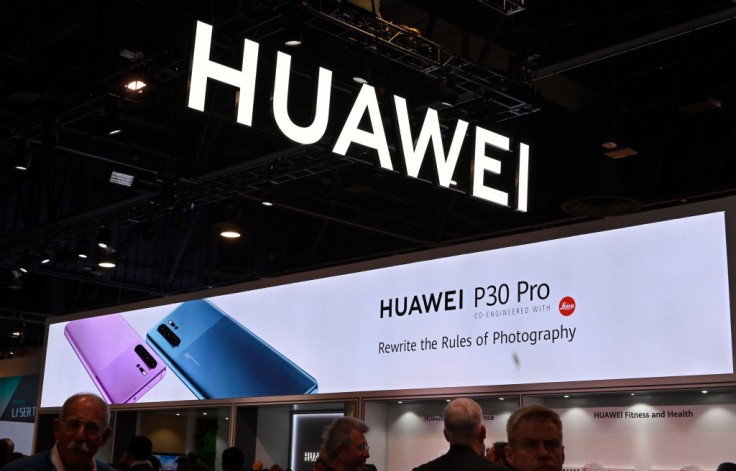
Huawei just released the second iteration of their in-house developed operating system, Harmony OS 2.0. This is just how the Chinese telecommunications giant is responding as it continues to detach itself from Google's Android OS since the "Huawei Ban."
Huawei on the US Blacklist
The telecom manufacturer found itself in hot waters when the Trump administration released a laundry list of companies of what they called an "Entity List" in May of 2019.
The Entity List served as a blacklist of companies that couldn't export to or trade in the United States with the Department of Commerce. Huawei wasn't the only Chinese company on the list, as other software and manufacturing companies were also included--only adding fuel to the fire that is the tensions between Washington and Beijing.
The ban affected all of Huawei's mobile line-ups carrying Google apps. Models that were meant for the Chinese market that didn't run on the Google Android OS could still be released and sold, but the global market was ultimately shut off for the telecom company.
Huawei has since tried to bring up its hold on the Chinese mobile industry while finding and making solutions to enter the global market once again, independent from any American ties.
Huawei recently did this by selling their mid-range mobile line called HONOR in hopes to save the sub-brand and reintroduce it to the global market.
Huawei Launched them own HarmonyOS 2.0 🤩🤩 pic.twitter.com/FBVssqQx8r
— Taja Khabar (@SuperGadge) June 2, 2021
Harmony OS 2.0 vs. Android 10
The second version of Huawei's Harmony OS was just finally released after teasing it earlier this year. Ron Amadeo of Ars Technica, who was able to sign-up and test the beta version of the OS, reported that Huawei's press releases claim that their OS isn't a copy of Google Android or the Apple iOS.
Its position, naturally, is to become a rival to its former OS. Ars Technica, however, criticized the beta version for being a copy of the Android 10, or a fork of Android. A fork of Android simply means the company cannot use the Android brand name, but basically uses the same system, with some minor adjustments. Amadeo pointed out how legally, Huawei doesn't need to stop using Android because the U.S. has no jurisdiction over the distribution of software outside the american market, but it does add to the "independence" narrative Huawei wants to develop.
Harmony OS 2.0 on the MatePad Tablets
Huawei's OS is first seen by the public market on the MatePad, the company's tablet line. Android Authority noted some similar visuals and features to that of the Android 10 (Q) and even noted that the Android Q easter egg app is installed in the tablet.
Android Authority asked the manufacturer about the similarities; however, they reiterated that the tablet was running on their Harmony OS 2.0. Their email response read: "While ensuring all applicable open-source rules are strictly adhered to, Harmony OS has taken advantage of a large number of third-party open-source resources, including Linux, to accelerate the development of a comprehensive architecture."
Huawei Launched them own HarmonyOS 2.0 🤩🤩 pic.twitter.com/FBVssqQx8r
— Taja Khabar (@SuperGadge) June 2, 2021
In spite of this, there are some interesting features on this new platform.
Android Authority highlighted the Super Device Functionality. It allows easier device pairing. The UI is circular and the host device is in the middle, surrounded by other Huawei smart devices around it.
To pair smart devices to the host device, simply swipe the bubble of the smart device to the host.
This is part of Huawei's plan to create an ecosystem, similar to what Apple has created. It isn't only just an ecosystem of devices though, but it is also an ecosystem for the applications inside the devices themselves.
The cross-device functionality can be found in action when apps can be viewed and used on both your tablet and smartphone on one device's recent apps menu, Android Authority said.
"Collaborative authentication" is also a feature Huawei is boasting and it allows the user to use data from two devices to unlock the user's phone.
Huawei is really banking on its open-source OS to bring in a new market. The website invites developers to create apps and devices with the company and its OS. The studio can be downloaded through their website.
Related Article : Huawei HONOR 50 Leaks New Colors, May Run Qualcomm Snapdragon 778G 5G









